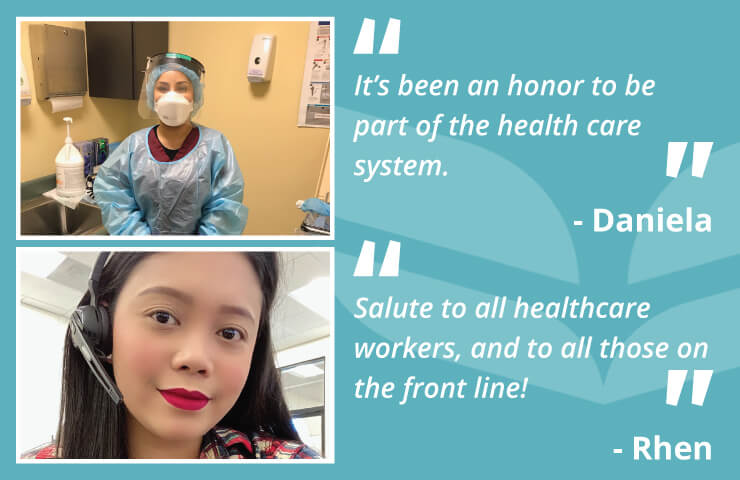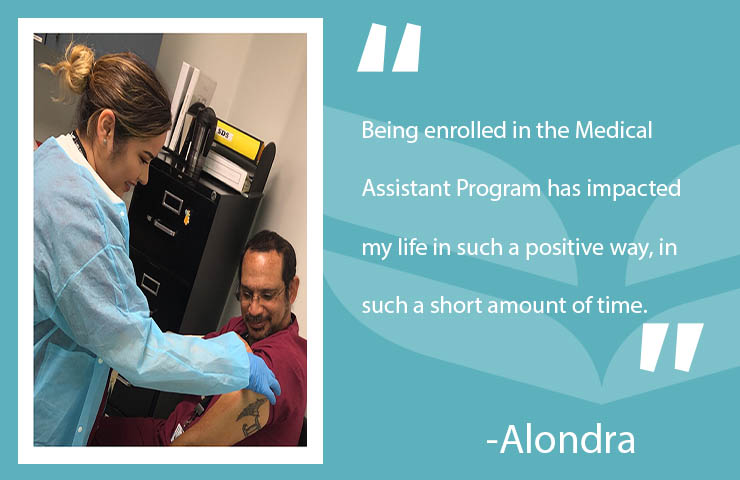
Top Healthcare Trends in 2017
Love it or hate it, there’s no denying that sizeable changes are upon us and the healthcare industry is certainly not exempt from the tumult. Every year comes with some transition, of course, but this year is likely to see come big changes. With a large-scale shift in leadership and significant changes to legislation, healthcare is poised for quite a revamp in 2017. If you’re thinking about enrolling in a medical assistant, medical office specialist, or medical front office and billing trade school program, here are some healthcare trends to watch for.
Moving Away from ACA
On the campaign trail President Trump made it clear that he would get rid of the Affordable Care Act (ACA or Obamacare) and replace it with a system that he believes will work better for the American people. Since his election those plans seem less definitive. What’s clear is that Obamacare won’t get out of this unscathed. Changes to coverage are coming, but there are still many questions and many trends in healthcare to speculate on. As stated on Hit Consultant.net, “Donald Trump after meeting President Obama has taken a soft tone for ACA…” It’s also difficult to predict whether the changes put forth will pass. For now, there are a lot of people with a lot of questions.
Phasing in MACRA
2017 will be the first year for the Merit-Based Incentive Payment System and the Alternative Payment Models known as MACRA (Medicare Access & CHIP Reauthorization Act). Although not fully implemented as of yet, medical practices are allowed to opt in, in part, this year. As explained in a Healthcare Economist article by Jason Shafrin, “The MIPS program rates providers along four dimensions: clinical quality, resource use, health IT meaningful use and clinical practice improvement activities.” There are many who see MACRA as the overhaul that was needed. However, there are still so many questions and unknowns regarding the legislation that it remains to be seen how MACRA will ultimately work.
Artificial Intelligence Care
You’ve likely noticed artificial intelligence moving into many aspects of our day-to-day lives. AI is found in cars, appliances and virtual assistants, so why not the healthcare industry? While there is something to be said for dealing with a real person, sometimes there just aren’t enough healthcare workers available and AI can help alleviate some of that stress. It can also keep track of vital healthcare information, so that patients’ risks are reduced and keep that data secure, but accessible to medical providers anywhere in the world. For example, as explained on theBOSSmagazine.com, “If you need urgent treatment, you visit a nearby clinic in a local mall or chain pharmacy where you’ll meet a nurse who will pull up your secure and universally accessible, electronic health record (EHR). For ailments which do not require urgent treatment, people will be able to share a picture or a video of, say, a rash on their skin to your doctor.”
State-Run Universal Healthcare
Though it’s unclear the exact direction healthcare is going after ACA, some US citizens are choosing to see the move as an opportunity for individual states to take control of their own healthcare. As reported by Soumya Karlamangla for theLos Angeles Times, many Californians support the idea of having a single-payer healthcare system. There are a number of ways to set up this type of healthcare structure and, should California (or another state) adopt such a system, the benefits and drawbacks of each version would need to be weighed.
Generally speaking, in a single-payer system citizens would pay fees to a state-run agency. That agency would then be responsible for paying medical professionals whenever treatment is needed. Karlamangla goes on to explain, “Previous proposals in California suggested financing the agency by pooling the state’s current funding for Medicaid, Medicare and other health programs and then taxing employees 4% of their income and employers 7% of payroll.”
Though the future of healthcare remains unclear for the time being, what we know for certain is that change is coming fast. Transitions aren’t always smooth or welcome, but sometimes new opportunities arise that bring unexpected benefits. 2017’s healthcare trends may do just that.





